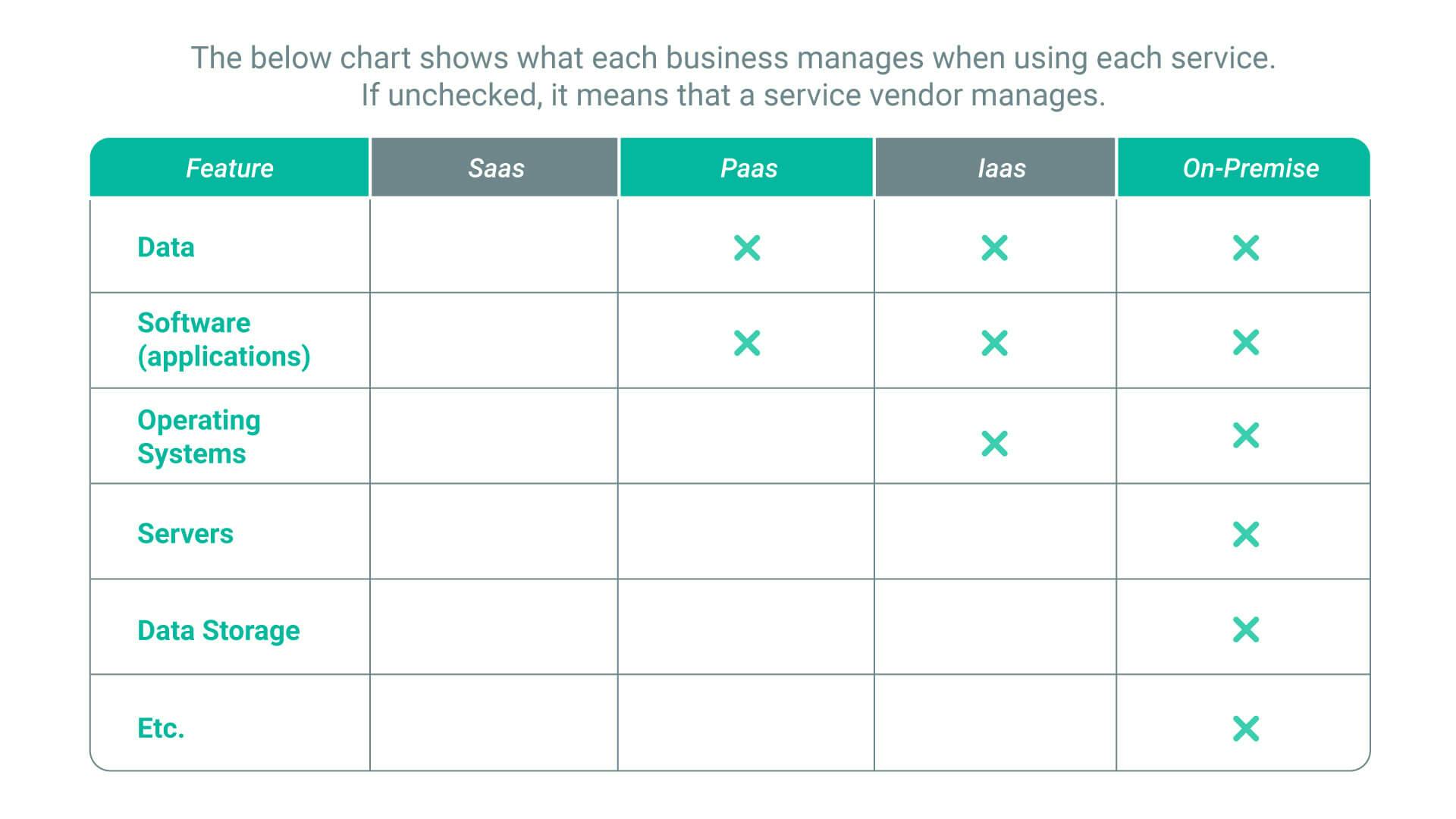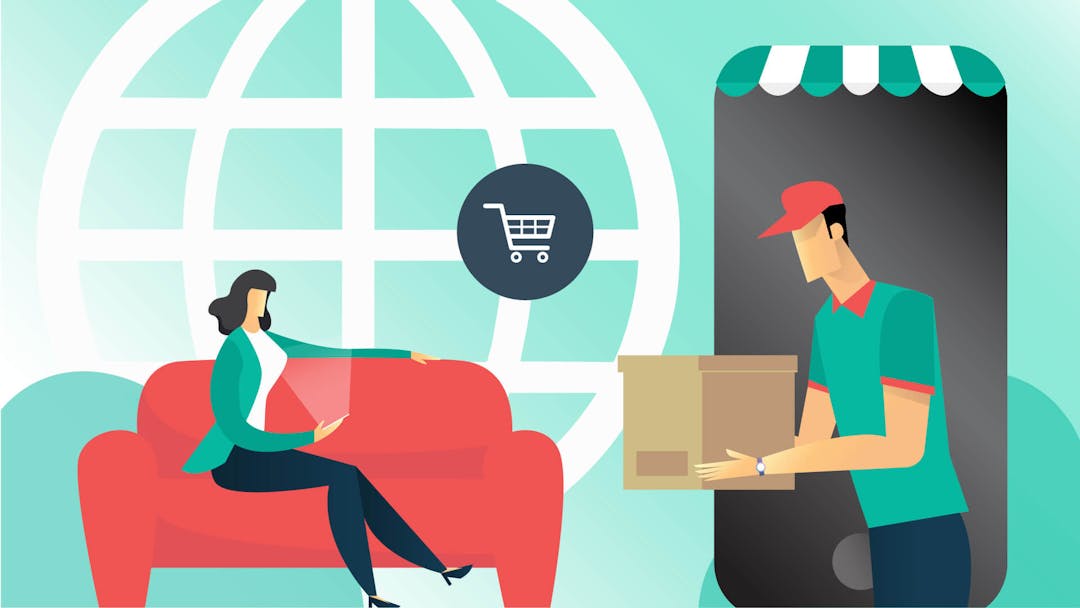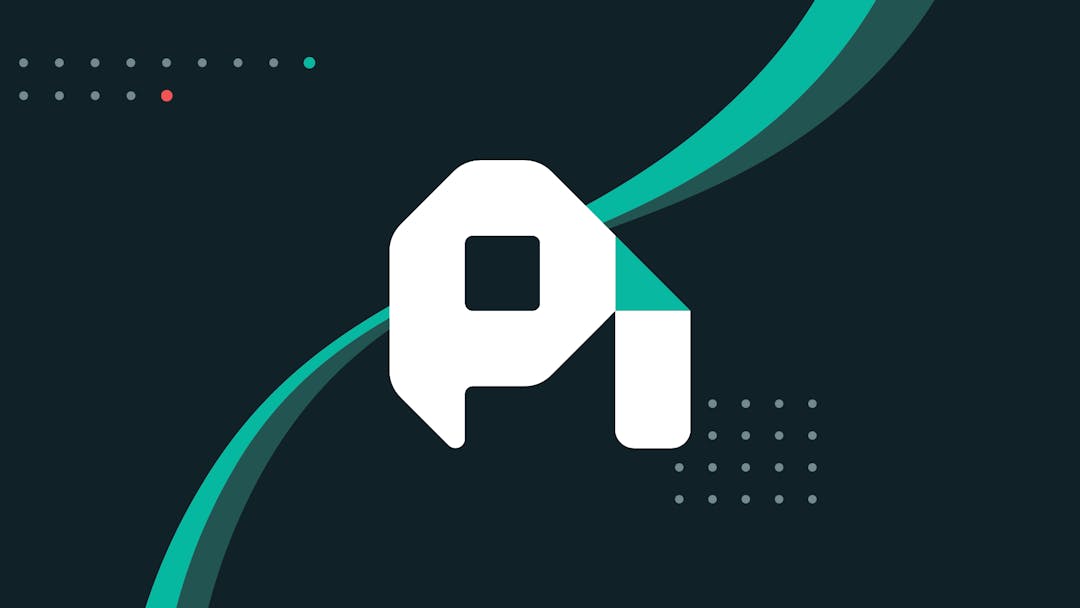With cloud computing gradually becoming a norm, businesses are slowly phasing out on-premise software and are moving to the cloud. But before turning to a potential cloud provider, it is crucial to familiarize yourself with the three biggest cloud service models: SaaS (Software as a Service), PaaS (Platform as a Service), and IaaS (Infrastructure as a Service). To determine which of the cloud delivery models best fits your organization, find out more about the key differences between them, their individual benefits, and check out examples of how others have implemented them.
Cloud service models in 2021
Before we can start talking about how each of these choices match with your business needs, we need to define what they are. Let's take a quick look at what it means to use software, platform, or infrastructure as service.
What is SaaS?
Software as a service (SaaS) is when a provider hosts an application and makes it available to subscribers over the internet on-demand. Some SaaS applications allow the user to download the application, but require an internet connection to confirm their subscription for it to operate. We are not considering those in our comparison of cloud services. SaaS ensures that consumers are always up to date with the latest version, while also ensuring that developers have a continuing source of revenue with which to maintain their product.
What is PaaS?
Platform as a service (PaaS) provides developers with a complete environment for development and deployment over the internet. With PaaS, developers can create everything from simple apps to complex cloud-based business software. Similar to SaaS, it allows its users to access up-to-date, powerful tools that they may not otherwise be able to afford or maintain.
What is IaaS?
Infrastructure as a Service (IaaS) provide users with hardware to perform various tasks with. This could mean storage space, computing time with advance or specialized processors, or virtualization services. IaaS is used by those who want to alleviate the need to maintain their own on-premise data centers.
IaaS vs PaaS vs SaaS: the key differences
These three cloud service models differ mostly in what they provide out of the box for the end user of the service. Starting with SaaS, there's very little for the user to manage, which often makes SaaS the most cost-effective option. By the time you make your way to IaaS, the end-user's responsibilities have grown. None of the options require as much self-management from the user as a dedicated on-premise solution would. Let's take a closer look.
Data and software
SaaS users do not have to worry about managing data usage, or application upkeep. If there is a product available that fits the user's needs, SaaS is the most complete package available. IaaS and PaaS solutions both require users to manage their own data usage and applications.
Operating systems
When it comes to managing the operating system that the software runs on, PaaS joins SaaS in handling this for the users. IaaS users are still left to handle this aspect of their technology stack by themselves.
Servers and data storage
Finally, because all three cloud service models are delivered via the internet, they all handle management of servers and data storage for the user. The only time a company needs to worry about self-management of these is if they are running their own on-premise solutions.

The benefits when choosing each cloud service
As you can see, each model of service abstracts different things from the users. Whether this is good or bad depends entirely on your needs and your perspective. Some companies will like to have more done for them, while others want more control over the process. Let's take a look at the benefits that each type of offering may provide.
SaaS benefits
Because SaaS solutions come ready to use as soon as you subscribe, it's the easiest to set up and get running with. You can access SaaS products with a web browser, or download an app. Since everything is managed for you, SaaS is also the easiest of the three cloud models to maintain. The downside of this option is that you don't have all the control over the process that you may like. Your choice here may depend on whether you can find an existing product that fully satisfies all your needs.
PaaS benefits
The platform as a service model is good for many medium/large businesses because it comes almost as ready to go as a SaaS offering would. You'll need an IT team to handle the data usage and software, but in exchange for that, you'll get more control over what those things can do for you. Companies with an existing IT infrastructure may find this option preferable.
IaaS benefits
For businesses that want nearly the same level of control as an on-premise solution without the expense of upkeep, and with the added speed and flexibility of cloud computing, IaaS is a logical choice. This option will require significantly more time investment from an IT department than either of the other two options will.
Examples of common cloud services
To give you a better idea of what the distinction between these terms is, let's take a look at some offerings that are available in each of these cloud service models and real-world examples of IaaS, SaaS, and examples of PaaS service providers. Many of the names you'll see are recognizable enough that any lingering confusion about the distinction between the two services will be cleared up.
SaaS
- ProfitWell — SaaS B2B company ProfitWell has a number of software products designed to help SaaS companies improve their outcomes, including the free ProfitWell Metrics analytics software for SaaS.
- GSuite — This is Google's suite of software products for businesses. It includes their mail and office suite, as well as tools for scheduling and online collaboration.
- Hubspot — Along with Salesforce, Hubspot is one of the leaders in inbound marketing. Both companies provide tools that allow businesses to automate their marketing, sales, and customer service efforts.
PaaS
- Windows Azure — Built on their Azure platform, this offering from Microsoft allows developers to use Windows through a cloud-based virtual desktop and develop applications from anywhere using Visual Studio Online.
- Google App Engine — Google's cloud platform allows developers to use all the most common development tools in the cloud. If needed, developers can bring their own language runtimes and frameworks.
- Openshift — Like Google's offering, Red Hat's Openshift can use all the development tools that developers need while providing automatic scaling and deployment of applications created with them. Openshift can also be installed on your own servers for on-premise operation.
IaaS
- AWS — Amazon Web Services is perhaps the most used of the cloud infrastructure options. The suite includes a number of cloud computing service offerings that provide storage and computing resources on a metered basis.
- Microsoft Azure — This ever growing suite of services by Microsoft offers many of the same features as AWS, but with the additional benefit of Microsoft's unique hybrid cloud solution that allows users to seamlessly combine on-premise and cloud-based solutions.
- Google Compute Engine — Google's cloud-based infrastructure service features virtual machines hosted at Google's data centers.
Which service is best for your business?
Now that you have an idea of the service level provided by each of the cloud service models, you can begin to determine which model is best for your business needs. Every business is unique. There are some very large companies that rely on SaaS services like ProfitWell Metrics because even the biggest companies can't do everything. In general though, the list below should give you an idea of what your business should be looking to for its technology stack.
Small/Medium/Large businesses with limits on resources: SaaS
SaaS is the most popular of the three models for a reason. It's easy for businesses to save money when they don't have to do the software development and design themselves. If there is a product that fits your requirements in the SaaS space, then it's a wise decision to use that product. The all-in-one nature of SaaS allows the software to get out of the way and let you focus on being productive with it.
Medium/Large businesses with some resources: PaaS
If you're a medium/large business with an IT department, then it becomes worth it to at least consider PaaS as an option. Do you require a customized solution that more easily integrates with your existing technology or workflow? As businesses grow, their needs become more precise. PaaS is a great middle ground between SaaS and IaaS to a customized solution, while still taking some burden of maintenance off the user.
Medium/Large businesses with moderate resources: IaaS
Relatively large businesses with serious IT capacity will be able to make effective use of IaaS. The near complete control that IaaS gives you will allow you to create a technology stack that is highly tailored to your business needs. Because so much of the process is in your control, it will also be easy to adapt the technology should your needs change.
Large companies with many resources: On-Premise
If you are a large enough company with your own data center, then you might not need to rely on cloud services at all. In this case, repurposing some of your servers or expanding the department may provide you with an appealing alternative to cloud computing.
Conclusion
Although the services are similar in many ways, SaaS, PaaS and IaaS all provide different levels of abstraction that remove work from the user. As with most things, choosing the best is finding the perfect balance between giving up control and saving your staff time and effort.
IaaS, PaaS & SaaS FAQ
What are the 3 types of cloud services?
The three main types of cloud services are:
- IaaS (Infrastructure as a Service)
- PaaS (Platform as a Service)
- SaaS (Software as a Service)
What is the difference between IaaS vs. PaaS
The biggest difference between IaaS and Pass is that IaaS provides you with greater control over the operating system, while PaaS is known for its flexibility and ease-of-use. IaaS is used by organizations for resource management, and PaaS is beneficial for businesses who want to develop consumer-facing apps.
Which is better: IaaS or Paas
The choice between IaaS and PaaS is largely dependant on business’ specific requirements. PaaS is ideal for companies that require customized solutions that will easily integrate with their existing technologies. IaaS is a better option for businesses with a big IT department that can tailor the tech stack to fit match their needs.



